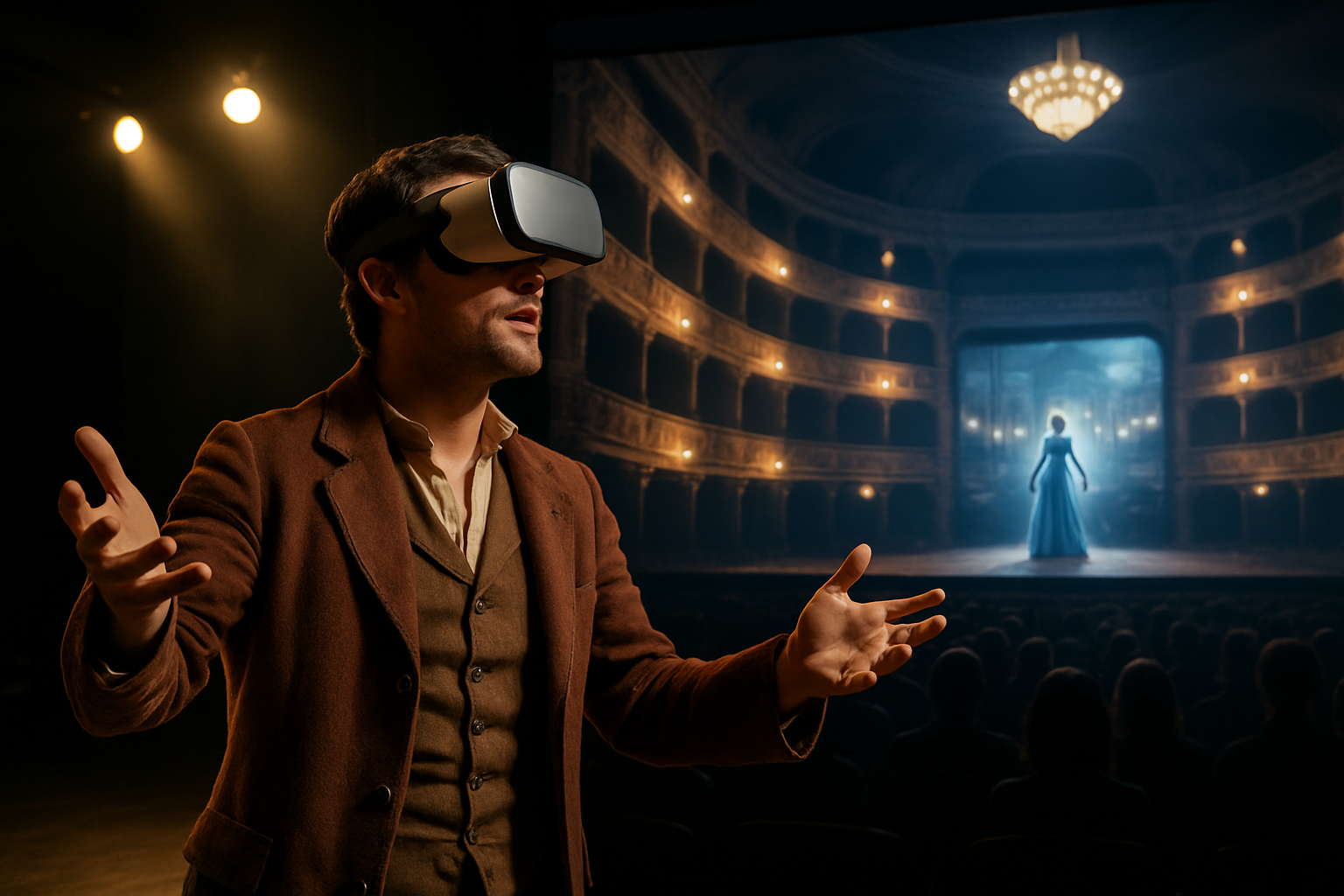Holographic Opera: The Future of Immersive Performance
In the ever-evolving landscape of performing arts, a revolutionary fusion of technology and classical opera is captivating audiences worldwide. Holographic opera, a groundbreaking blend of traditional operatic performance and cutting-edge holographic technology, is redefining the boundaries of theatrical experience. This innovative approach not only preserves the rich heritage of opera but also propels it into the future, offering a mesmerizing spectacle that bridges the gap between the physical and digital realms. As stages across the globe embrace this transformative medium, holographic opera is poised to reshape our understanding of live performance and usher in a new era of artistic expression.

The first full-scale holographic opera debuted in 2018 at La Scala in Milan, featuring a groundbreaking production of Wagner’s Der Ring des Nibelungen. This performance utilized state-of-the-art holographic projectors to create immersive environments and larger-than-life characters, seamlessly blending with live performers on stage. The production received international acclaim, sparking a global interest in the potential of holographic opera.
Technological Marvels Behind the Curtain
At the heart of holographic opera lies a complex array of technologies working in harmony. High-powered laser projectors, advanced motion capture systems, and real-time rendering engines come together to create lifelike, three-dimensional images that appear to occupy physical space on stage. These holographic elements can interact with live performers, set pieces, and even the audience, blurring the line between reality and illusion.
One of the most crucial advancements in this field has been the development of transparent holographic screens. These nearly invisible surfaces allow for the projection of holographic images that seem to float in mid-air, creating a truly immersive experience for the audience. Combined with spatial audio systems, these technologies transport viewers into fantastical worlds limited only by the imagination of the creators.
Reimagining Classic Operas
Holographic technology has breathed new life into beloved classic operas, allowing for interpretations that were previously impossible to stage. Productions of Aida now feature vast Egyptian landscapes and towering pyramids that dwarf the performers, while The Magic Flute comes alive with ethereal creatures and magical effects that seem to defy the laws of physics.
These reimaginings have not been without controversy, with some purists arguing that holographic elements detract from the traditional operatic experience. However, proponents argue that this technology allows for a deeper exploration of the themes and emotions present in these timeless works, making them more accessible and engaging for modern audiences.
Creating New Works for a New Medium
While holographic technology has revitalized classic operas, it has also opened the door for entirely new compositions designed specifically for this medium. Composers and librettists are now exploring narratives that leverage the unique capabilities of holographic staging, creating works that seamlessly blend the physical and digital realms.
One notable example is The Quantum Odyssey, a holographic opera that premiered in 2022. This groundbreaking work tells the story of a scientist exploring the multiverse, with the stage transforming into different dimensions and realities throughout the performance. The production showcased the potential of holographic opera to create immersive, mind-bending experiences that push the boundaries of traditional storytelling.
The Global Impact of Holographic Opera
As holographic opera gains traction, its influence is being felt far beyond the world of classical music. Museums and cultural institutions are adopting this technology to create interactive exhibits that bring historical figures and events to life. Educational institutions are exploring its potential for immersive learning experiences, allowing students to step into the worlds of literature, history, and science.
The entertainment industry at large is also taking note, with concerts, theatrical productions, and even sporting events incorporating holographic elements to enhance the viewer experience. This cross-pollination of ideas and technologies is driving innovation across multiple sectors, with holographic opera serving as a proving ground for new applications.
Challenges and Future Prospects
Despite its rapid growth, holographic opera faces several challenges. The high cost of equipment and production remains a significant barrier for many opera companies, limiting widespread adoption. Additionally, there are ongoing debates about the role of technology in traditional art forms and concerns about the potential loss of the human element in performance.
However, as technology continues to advance and become more accessible, many of these hurdles are expected to be overcome. Researchers are already working on next-generation holographic systems that promise even more realistic and interactive experiences. The future of holographic opera may include personalized viewing experiences, where audience members can choose their perspective or even interact with the performance in real-time.
As we stand on the cusp of this new era in performing arts, holographic opera represents a bold step into the future. By marrying centuries-old traditions with cutting-edge technology, it offers a glimpse into a world where the boundaries between art and reality are increasingly fluid. Whether viewed as a revolutionary new art form or a natural evolution of classical opera, one thing is clear: holographic opera is set to play a significant role in shaping the future of live performance.





